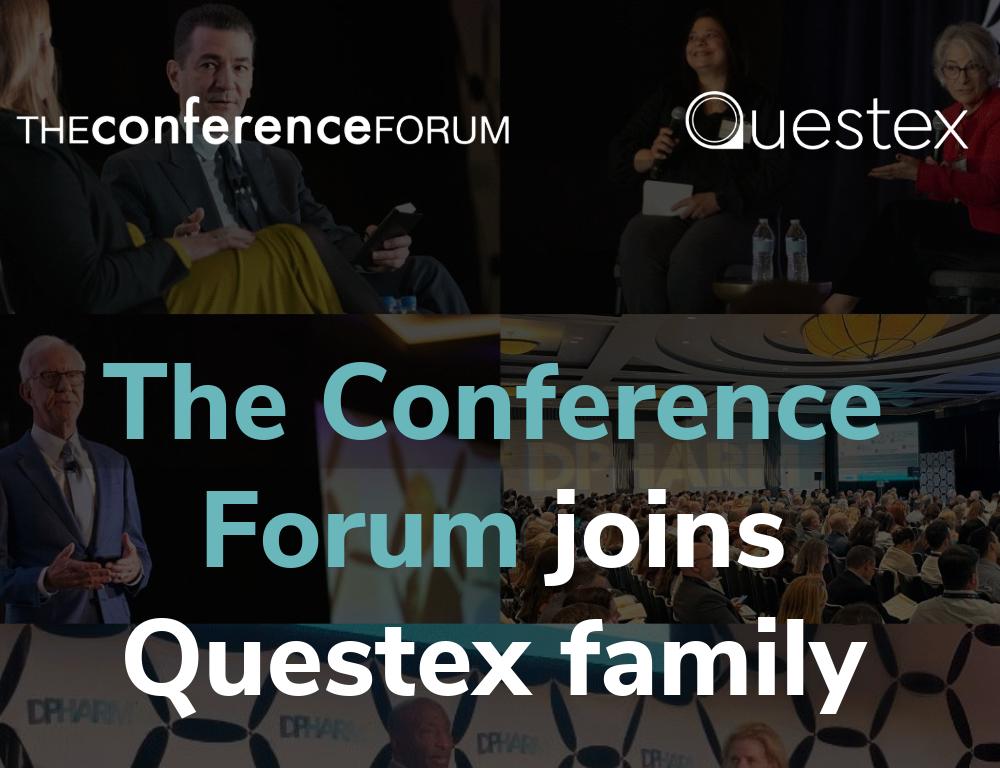Archive Highlight: How Memorial Sloan Kettering Developed and Scaled Remote Monitoring
Dr Robert Daly launched a remote patient monitoring program that was rapidly scaled during the COVID-19 pandemic. He is a thoracic medical oncologist and a health services researcher at Memorial Sloan Kettering Cancer Center.

What has been your work in remote monitoring at Memorial Sloan Kettering Cancer Center?
We launched a pilot program for patients who were starting IV antineoplastic treatment, and were at high risk for symptoms or toxicities while on treatment that would potentially send them to the emergency room. We built a model that gives patients a risk score on their probability of coming into the emergency room within the next six months with a potentially preventable symptom.
If those patients were then determined to be high-risk by their oncologist, they would be enrolled into the InSight Care remote monitoring program. They reported their symptoms at home on a daily basis. Those reports were tied to alerts on the backend that went to our centralized team of trained nurses and nurse practitioners, who would then be able to trend symptoms and intervene before symptoms got worse, to help those patients be managed at home.
How many people were involved in that initial pilot study?
We enrolled around 300 patients into that program and then the pandemic occurred. And so we shifted gears to who and how we were providing remote monitoring. That same staff, who was monitoring these high risk patients on IV antineoplastic treatment, now started to monitor our patients who had a diagnosis of COVID-19. Those patients were enrolled into a program called the COVID Cohort Monitoring Program. We’ve managed over a thousand patients through that program. Patients were reporting their symptoms from home that were tied to alerts that went to the centralized team. If there was concern that they were developing worsening symptoms from COVID, the team would intervene to direct them to the right resources.
We evolved the program to include a pulse oximeter that provided data back to our teams on the patient’s blood oxygen level and heart rate. That was also tied to alerts, so that we had more data in the home to better manage these patients. That COVID monitoring program performed well, and the patients gave us wonderful feedback about it.
“It was a multi-stakeholder process that included our clinical, health informatics, patient and caregiver engagement, strategy and innovation and nursing informatics teams."
What were the lessons you took from the COVID-19 cohort symptom monitoring program?
Our learning there was this can be a really effective way for managing patient cohorts, who are at a high risk for symptoms and who need more intensive monitoring and care coordination. We identified other groups with the hospital who could benefit from that type of monitoring. One group that I’m heavily involved in is patients who are going home from the hospital after an unexpected hospitalization. Nationally, medical oncology patients discharged from the hospital have about a 1-in-3 chance of being readmitted within 30 days.
Now, when patients are discharged from our hospital across our Department of Medicine and Surgery services, they’re enrolled in a program called Connected Care. They complete symptom assessments from home that are tied to alerts. Those alerts go to their primary oncologists. Again, it’s about identifying symptoms early, helping patients to manage those symptoms in the home, to keep them safe, keep them out of the emergency room and keep them on track for treatment.
Can you describe the development process?
We built the technology ourselves. It was at least two years of setup and planning before we launched. It was a multi-stakeholder process that included our clinical, health informatics, patient and caregiver engagement, strategy and innovation and nursing informatics teams.
We used as the foundation MSKEngage, which was a platform for the secure delivery of electronic patient- reported outcome assessments through the patient portal, and learned from the groundbreaking work of Dr Ethan Basch, Dr Deb Schrag, and others at MSK, to assess the patients through this symptom assessment. But then we had to build the clinical side of it so that our clinicians could see which patients were responding, set the alert thresholds appropriately and then be able to see how those symptoms ebbed and flowed over time.
We also wanted to build the risk model for our clinicians to help identify high-risk patients coming into urgent care with a potentially preventable symptom. We wanted to implement that model so that it would be available at the point of care for physicians in clinics to help with that decision support in choosing who to enroll.
How did you prepare and educate patients to encourage adherence for reporting outcomes?
For patients starting IV antineoplastics, at that first infusion, they met with an InSight Care provider who did an onboarding. They would watch a video about why ePROs are helpful and how they can improve outcomes, including overall survival. We walked patients through how to complete the first assessment, during their initial infusion, so that they were familiar with the technology.
In our current iteration of Connected Care, for people going home from the hospital, we still do an onboarding visit before they’re discharged to provide education around the program and why it’s relevant to care. If they’re going home with a pulse oximeter, they meet with a member of our team who helps them set up that pulse oximeter so it connects to MSK through their portal.
What does this monitoring look like from the patient perspective?
It takes the patients on average about one minute to complete the assessment. We worked closely with our patient engagement team at MSK to design something very low burden for the patient. The assessment, located in the patient portal, is presented as symptom blocks, such as fever, diarrhea, nausea, pain. The patient records if they have any of those symptoms. If they do, there’s an accordion drop down where they can provide more information about those symptoms with questions built off the National Cancer Institute Patient-Reported Outcomes version of the Common Terminology Criteria for Adverse Events. It also pre-populates with their data from the day before. We did that to make it easier for the patients to complete; they just need to change how that symptom is today versus yesterday.
Once the patient completes the assessment, it then goes to our clinical teams if they’ve triggered any thresholds. That would initiate a call or a portal message from the nurse to get more details about that symptom, depending on its severity.
"It’s about identifying symptoms early, helping patients to manage those symptoms in the home, to keep them safe, keep them out of the emergency room and keep them on track for treatment."
Did remote monitoring reduce the number of readmissions?
The Basch et al. study, which was the American Society of Clinical Oncology plenary session in 2017, showed that remote monitoring for patients on active treatment improved overall survival, reduced emergency room visits and improved patient quality of life. We have an abstract on Insight Care at ASCO this year. We were able to demonstrate that it reduced admissions for patients who were involved in the InSight care program, compared to a match control patient control group of high-risk patients.
For monitoring patients post-surgery, who are going home from the hospital, published results in JAMA Surgery by Simon et al. showed that remote patient monitoring was able to decrease emergency room visitsWe are still learning how this program will impact readmissions and if there will be a differential effect by disease type.
How did you scale from initial pilot to the wider monitoring system you currently have?
It was much less difficult, because we had the framework. The big thing is the staff model. You have to decide what your staffing model will be. With COVID monitoring and InSight Care, we had a centralized team responding to alerts. Then we switched monitoring to the primary teams; for example, my office is now responsible for the alerts for my patients. When we made that switch, we had to do training for all clinical staff. After training, that framework is there and we can apply it to other applications where we see a need, like a high symptom burden or a need for enhanced care coordination.
There are many applications for this technology in patient cohorts. It requires identifying the outcome you’re trying to measure, how to measure it and how to apply the right cadence and devices. I hope that payers will take further steps to think about reimbursement for remote monitoring given growing evidence that it can provide superior clinical outcomes to patients.
For more information on DPHARM: Disruptive Innovations to Modernize Clinical Research, visit DPHARMconference.com. To hear Dr Daly report on his work in remote monitoring to reduce readmission risk, click here.







